Fiddleleaf Philodendron Care – Learn About Growing Fiddleleaf Philodendrons
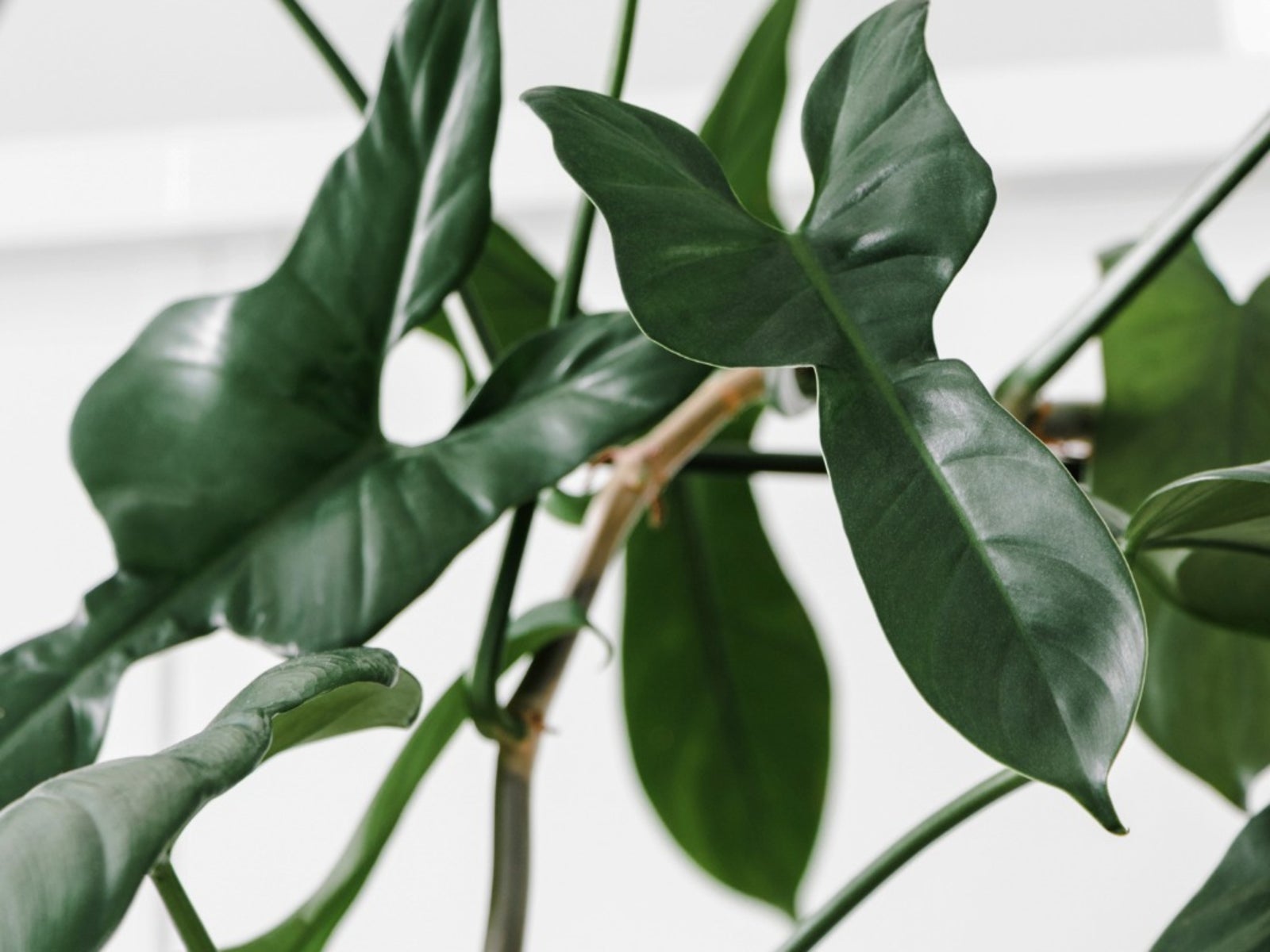

Fiddleleaf philodendron is a large foliaged houseplant that grows up trees in its natural habitat and requires supplemental support in containers. Where does fiddleleaf philodendron grow? It is a native of the tropical rainforests of south Brazil into Argentina, Bolivia, and Paraguay. Growing fiddleleaf philodendrons in the home interior brings the experience of a hot, steamy forest filled with exotic flora into your home.
Philodendron Bipennifolium Information
Fiddleleaf philodendron is scientifically known as Philodendron bipennifolium. The philodendron is an Aroid and produces the characteristic inflorescence with a spathe and spadix. As a houseplant, its glorious cut foliage is a showstopper and its easy growth and low maintenance assign it ideal houseplant status. Fiddleleaf philodendron care is simple and uncomplicated. This is a truly lovely indoor plant with volumes of appeal. One of the more important items of Philodendron bipennifolium information is that it is not a true epiphyte. Technically, it is a hemi-epiphyte, which is a soil-grown plant that climbs trees with its long stem and the assistance of aerial roots. This means staking and tying in a home container situation to keep the plant from flopping over. The leaves are fiddle or horse-head shaped. Each can reach 18 inches (45.5 cm.) to 3 feet (1 m.) in length with a leathery texture and glossy green color. The plant is mature and ready to reproduce in 12 to 15 years in ideal climates. It produces a creamy white spathe and tiny round ½-inch (1.5 cm.) green fruits. The plant is unknown to reproduce in interior settings or in hot, dry climates.
Growing Fiddleleaf Philodendrons
The tropical houseplant requires warm temperatures and has no cold hardiness. Once you answer, "Where does fiddleleaf philodendron grow?", the tropical nature of its native land becomes a signature for its care. Fiddleleaf philodendron care mimics its wild range and native land. The plant prefers moist, humus-rich soil and a container large enough for the root ball, but not excessively large. More important is having a stout stake or other support for the thick trunk to grow up. Fiddleleaf philodendrons can also be grown downwards as trailing specimens. Mimicking the native climate also means placing the plant in a semi-shady location. As a forest denizen, the plant is an understory species, which is shaded by taller plants and trees most of the day.
Caring for Fiddleleaf Philodendrons
Caring for fiddleleaf philodendrons basically rests on a consistent watering regimen, occasional dusting of the big leaves, and removal of dead plant material. Reduce watering a bit in winter but, otherwise, keep the soil moderately moist. Provide support structures for this philodendron when training them up vertically. Repot fiddleleaf philodendrons every few years to energize the plants with new soil but you don't have to increase the size of the container each time. Fiddleleaf philodendron seems to thrive in tight quarters. If you are lucky enough to have your philodendron produce a flower, check out the temperature of the inflorescence. It can hold a temperature of 114 degrees Fahrenheit (45 C.) for up to two days or as long as it is open. This is the only example of a plant controlling its temperature known.
Gardening tips, videos, info and more delivered right to your inbox!
Sign up for the Gardening Know How newsletter today and receive a free copy of our e-book "How to Grow Delicious Tomatoes".

Bonnie Grant is a professional landscaper with a Certification in Urban Gardening. She has been gardening and writing for 15 years. A former professional chef, she has a passion for edible landscaping.
-
 Moody Blooms For Spring: 8 Types Of Black Flowers To Add Drama To Spring Displays
Moody Blooms For Spring: 8 Types Of Black Flowers To Add Drama To Spring DisplaysFrom midnight burgundies to inky violets, several types of black flowers can enrich and embolden a spring display. Try these brooding bloomers for a moody garden
By Tonya Barnett
-
 Can Snake Plants Live Outside? Everything You Need To Know For Snake Plants Al Fresco
Can Snake Plants Live Outside? Everything You Need To Know For Snake Plants Al FrescoSnake plants can live outside given the right conditions, but be careful that they don't take over! Learn the best way to use snake plants in your landscape.
By Mary Ellen Ellis
-
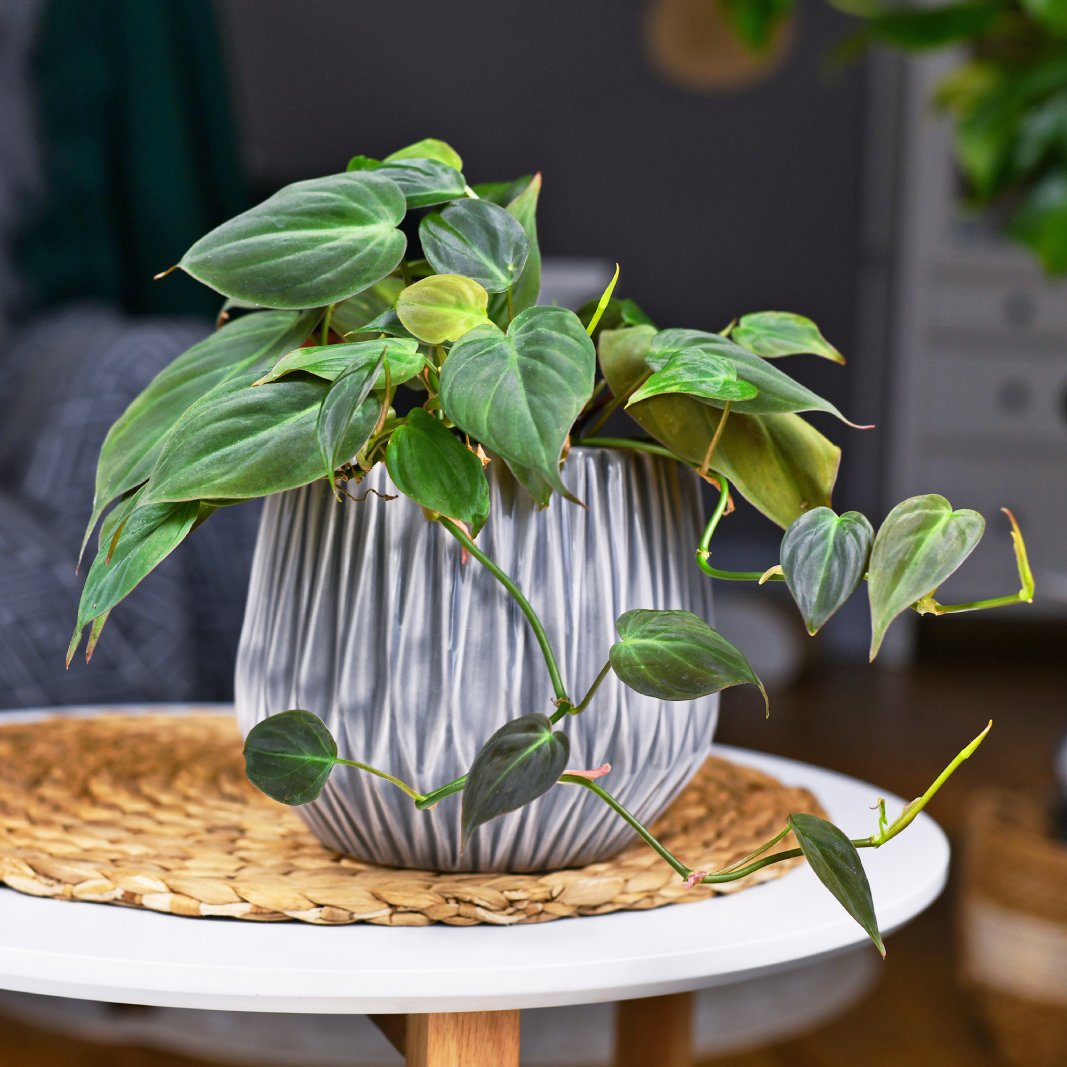 How To Grow & Care For Philodendron Micans: Everything You Need To Know
How To Grow & Care For Philodendron Micans: Everything You Need To KnowPhilodendron micans is a beautiful velvety vine variety that only wants 3 special things: Bright indirect light, well-draining soil, and regular watering.
By Teo Spengler
-
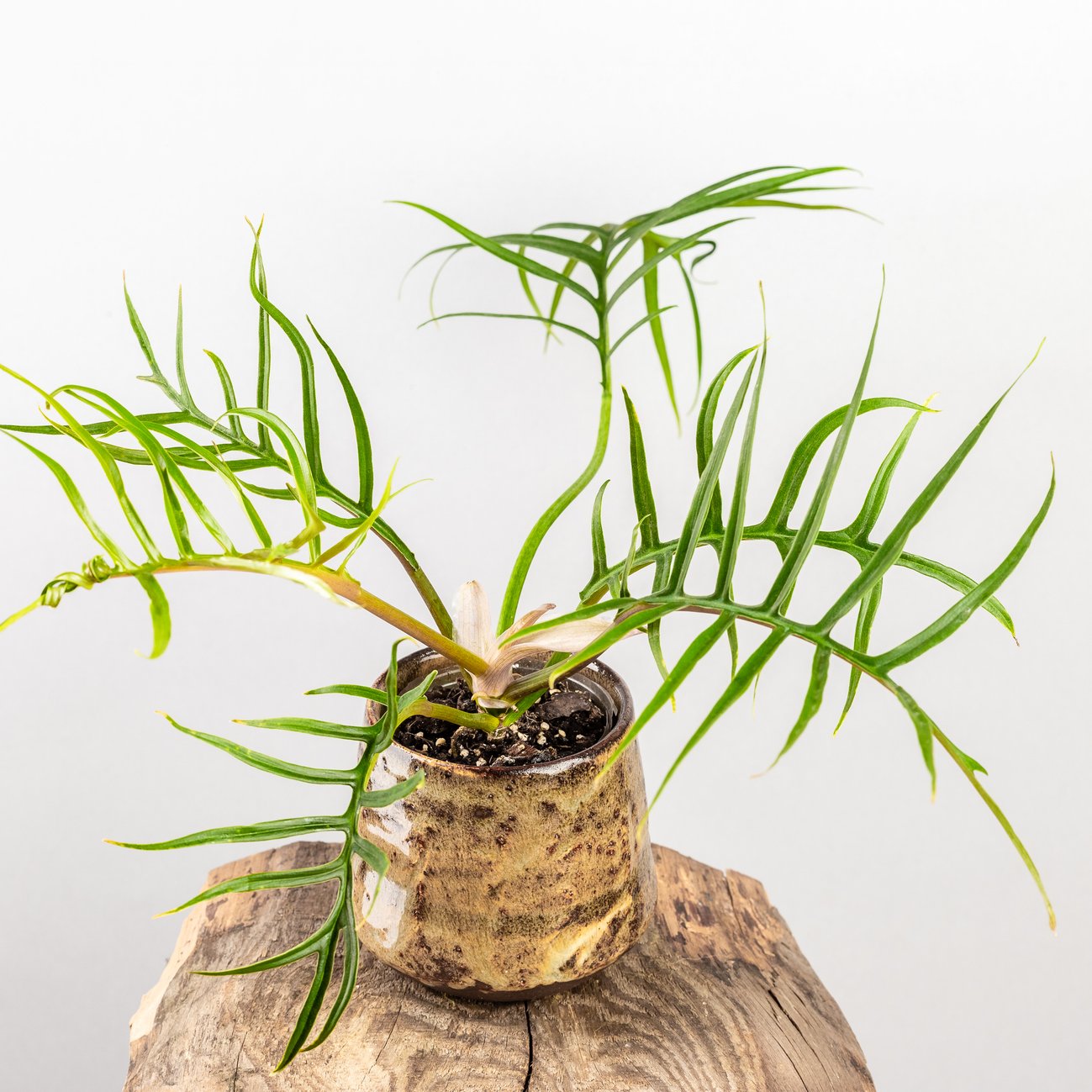 Philodendron Tortum: How To Grow This Totally Unique Type Of Philodendron
Philodendron Tortum: How To Grow This Totally Unique Type Of PhilodendronThe delicate look of the philodendron Tortum makes it a lovely accent in the home. It’s especially happy in a bathroom where there’s plenty of humidity. Enjoy.
By Bonnie L. Grant
-
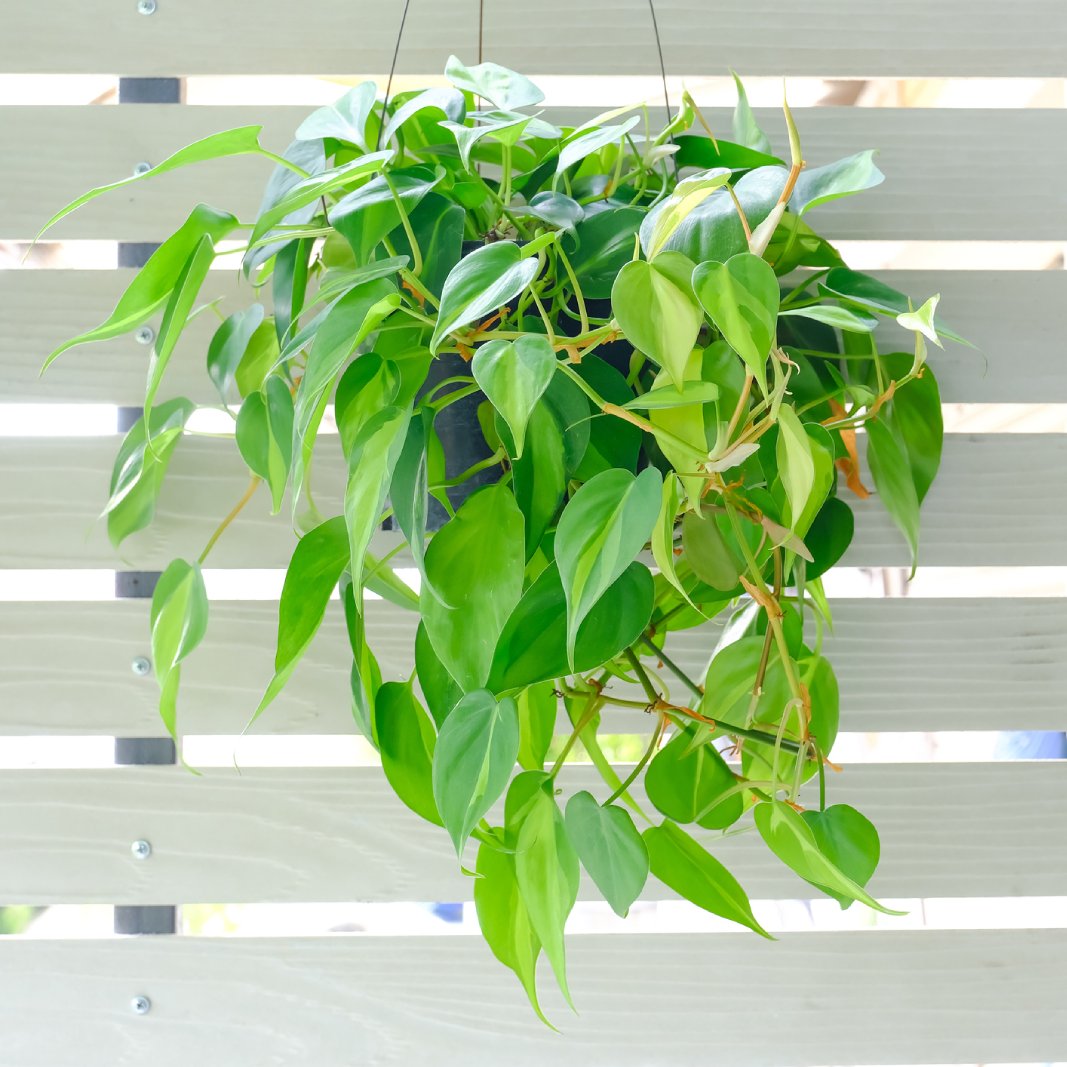 The Best Types Of Philodendron: 8 Vining And Non-Climbing Houseplants
The Best Types Of Philodendron: 8 Vining And Non-Climbing HouseplantsThese 8 no-fuss philodendron varieties are perfect for starting your houseplant collection, or for adding the next perfect one to your windowsill.
By Mary Ellen Ellis
-
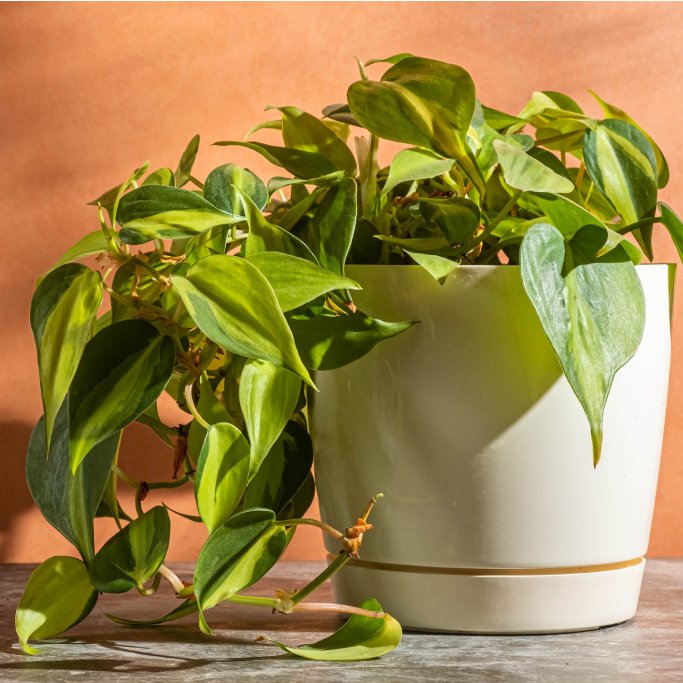 2024 Plant Of The Year: Why Experts Say Philodendron Is The “It” Plant Of The Year
2024 Plant Of The Year: Why Experts Say Philodendron Is The “It” Plant Of The YearWe aren’t surprised that philodendron was designated the plant of the year. Versatile, easy-care and lovely, it’s the houseplant of the year 2024!
By Bonnie L. Grant
-
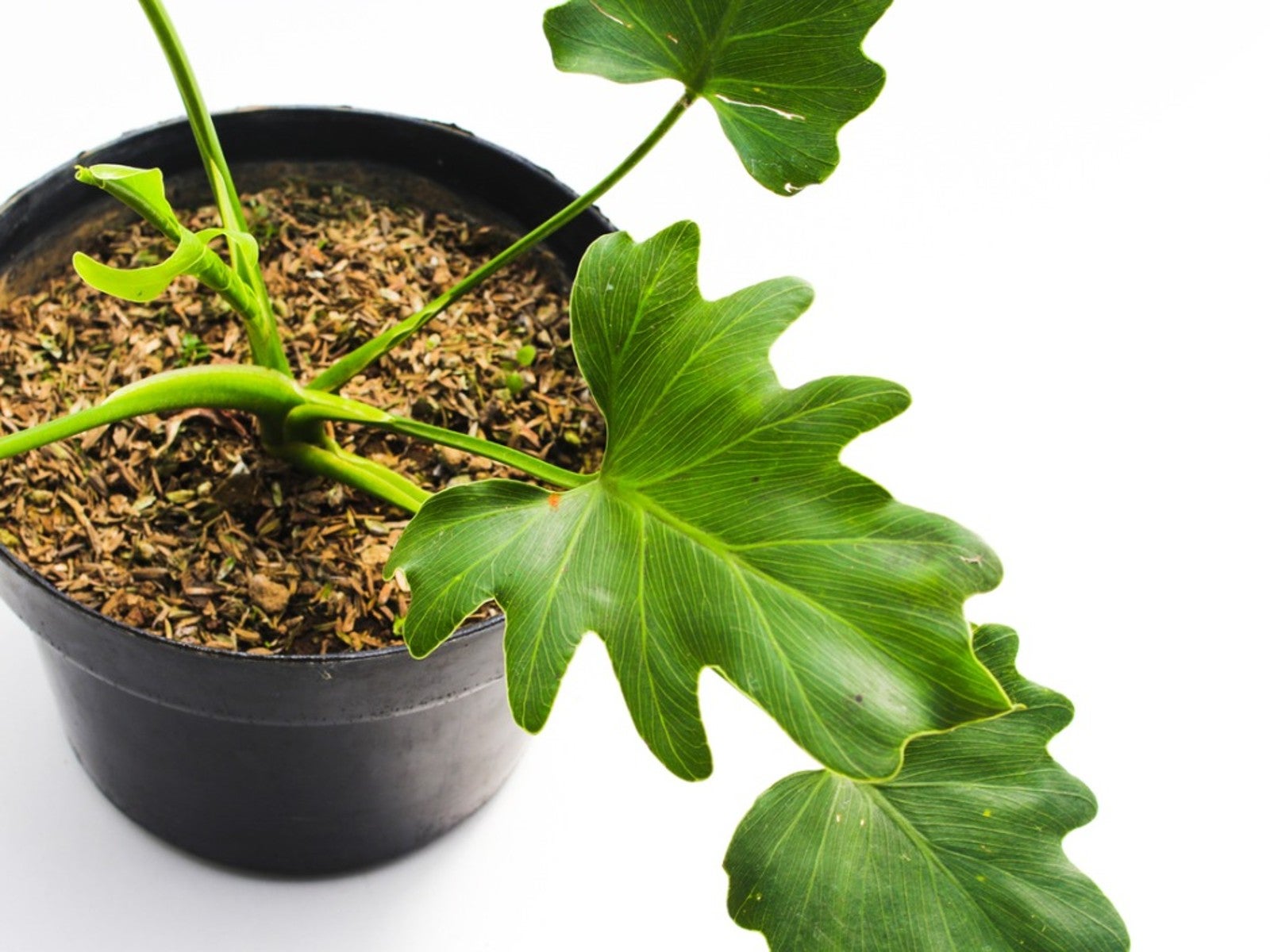 How To Grow Philodendrons "Hope" and "Little Hope"
How To Grow Philodendrons "Hope" and "Little Hope"Click here to learn how to grow a philodendron ‘Little Hope’ plant, as well as its big cousin 'Hope.'
By Mary Ellen Ellis
-
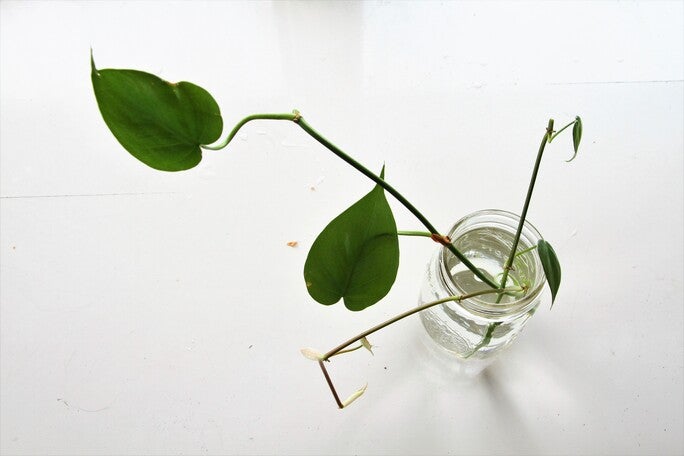 How to Propagate Philodendron Plants: Philodendron Propagation Tips
How to Propagate Philodendron Plants: Philodendron Propagation TipsWhen philodendron vines get too long, you can take cuttings from the plant to grow more. Read on to learn more about philodendron propagation.
By Laura Walters
-
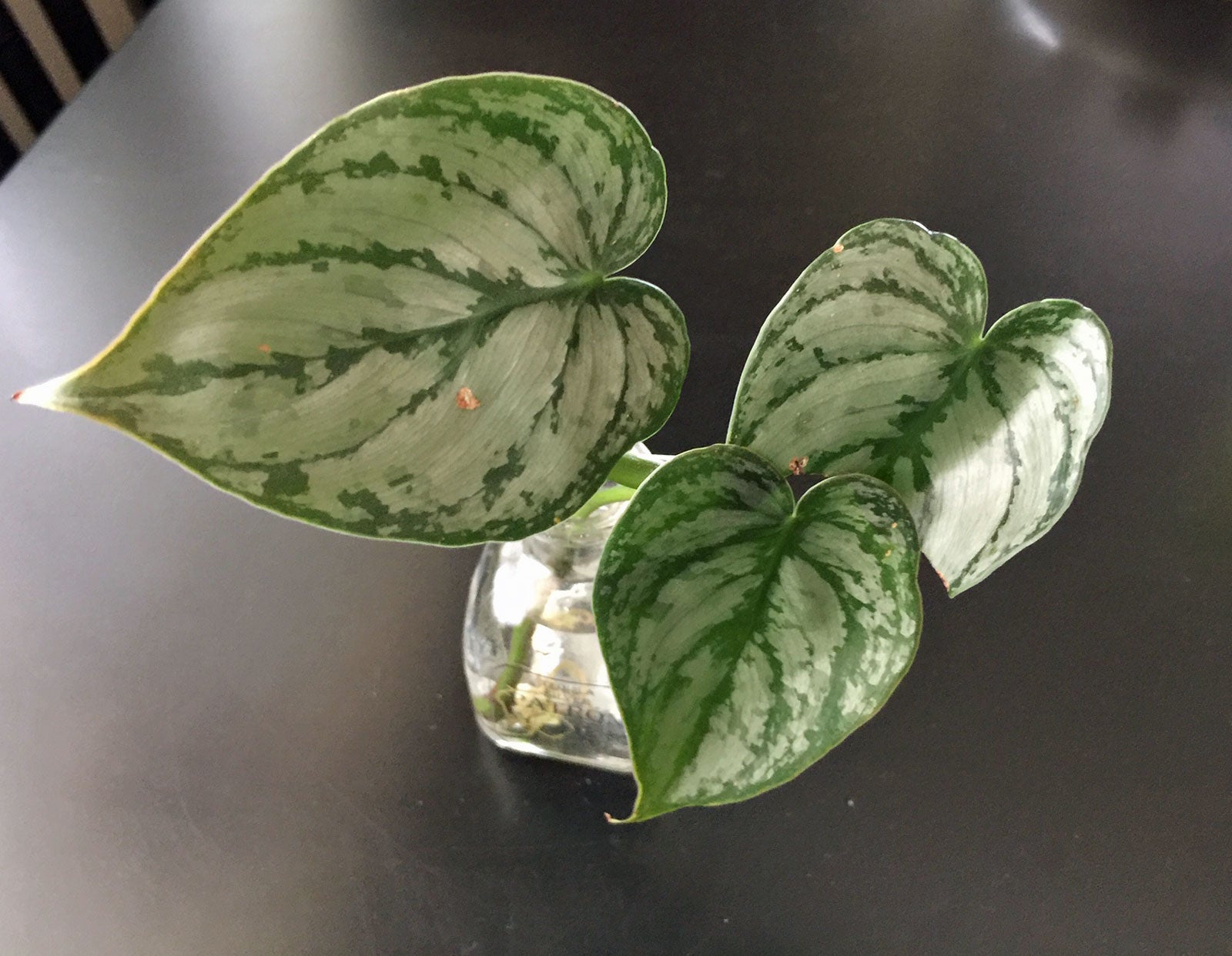 Philodendron Brandtianum Care – Growing Silver Leaf Philodendrons
Philodendron Brandtianum Care – Growing Silver Leaf PhilodendronsSilver leaf philodendrons are attractive, tropical plants with olive green leaves splashed with silvery markings and tend to be bushier than most other philodendrons. For more information on the Brandi philodendron variety, click the following article.
By Mary H. Dyer
-
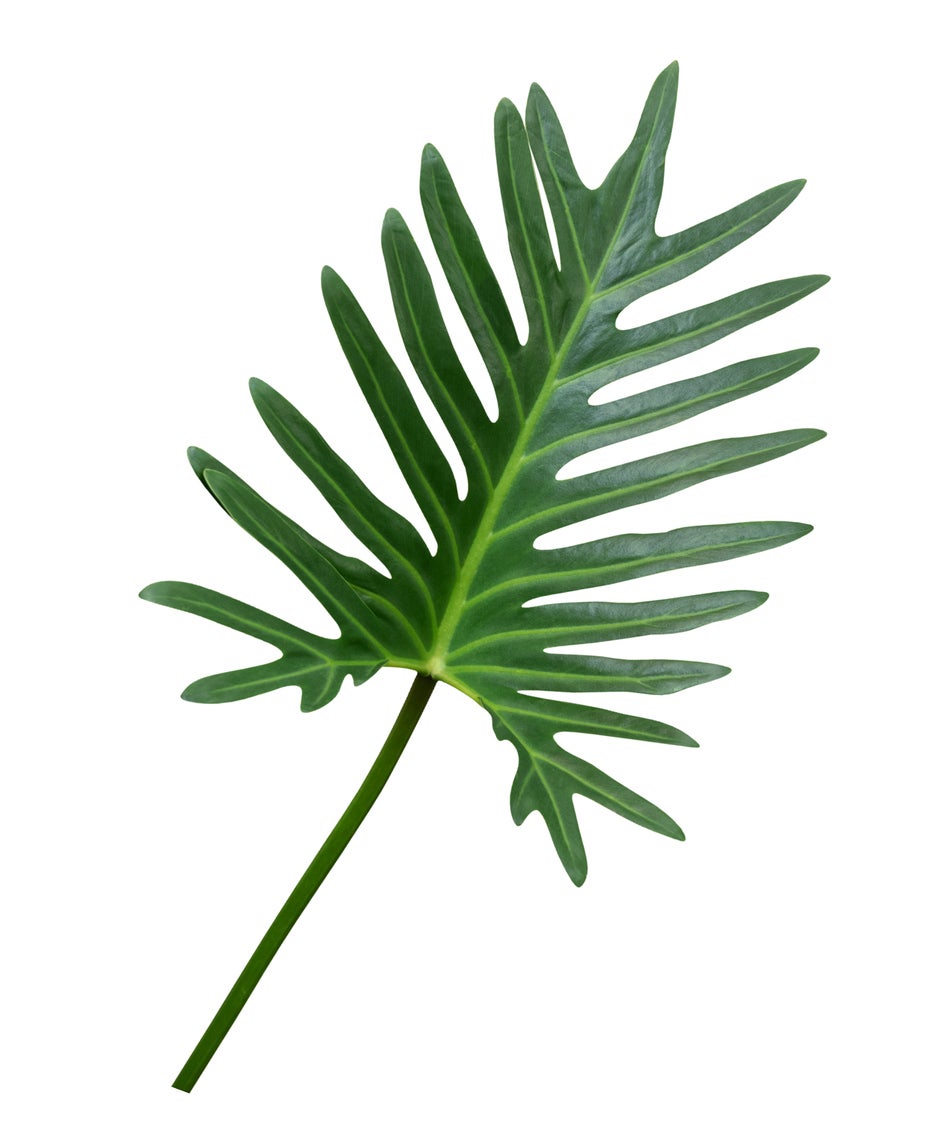 Xanadu Philodendron Care: Tips For Growing Xanadu Philodendrons Indoors
Xanadu Philodendron Care: Tips For Growing Xanadu Philodendrons IndoorsIf you enjoy growing houseplants, then you may want to consider adding the Xanadu philodendron houseplant to your list. Xanadu philodendron care is simple and this larger plant makes a wonderful vertical accent in the home. Learn more in this article.
By Raffaele Di Lallo